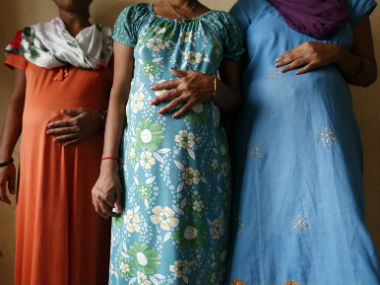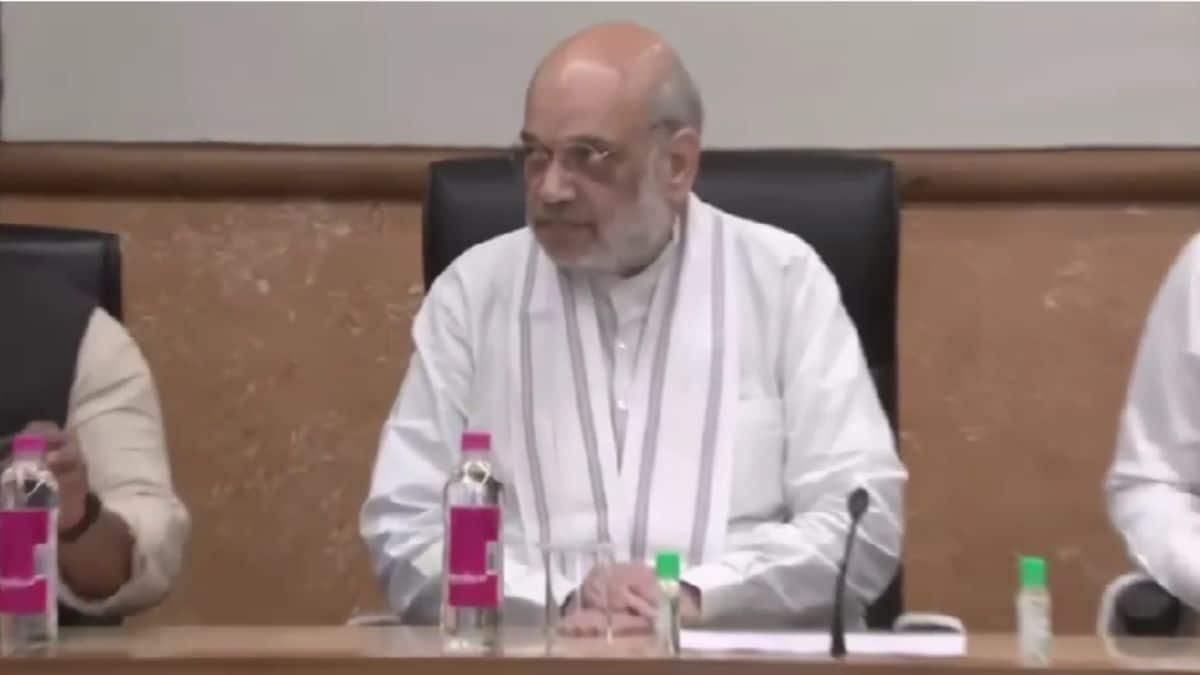In August this year, the Parliamentary Standing Committee submitted its 102nd report on the Surrogacy Regulation Bill, 2016. The report gives a clause by clause analysis of the Bill. In it, the Committee has pointed out certain pertinent observations which clearly indicate the draconian nature of the Bill, which is
based on impractical and paternalistic presumptions. Traditional surrogacy or gestational surrogacy? One of the biggest and most prominent drawbacks is the contradiction in the Bill with respect to whether traditional surrogacy is allowed or gestational surrogacy. Traditional surrogacy is one where the egg of the surrogate mother and the intended father’s sperm is used to conceive the child with the help of IVF technology. It is the most widely practised forms of surrogacy. [caption id=“attachment_3843835” align=“alignleft” width=“380”] Representational image. Reuters[/caption] However, it has been widely criticised due to the genetic link with the surrogate mother, which can lead to several emotional complications for the parents. On the other hand, gestational surrogacy – also referred to as “full surrogacy” – is the case where the egg and sperm are of the commissioning parents and the surrogate mother carries the fertilised egg of the intended parents.Thus, all of the genetic material involved originates either from the intended parents or donors. The Surrogacy Regulation Bill, 2016, under Section 4 (iii) (b) (III) lays down: “No women shall act as a surrogate mother or help in surrogacy in any way, by providing gametes or by carrying the pregnancy, more than once in her lifetime.” The effect of this provision under the bill is that the surrogate mother can provide her gametes and be a surrogate as well. On this, the Standing Committee opined that, “… on the one hand the Department asserts that only Gestational surrogacy is permitted under the Bill, whereas clause 4(iii)(b)(III) advocates the concept of Traditional Surrogacy. Thus, there is an apparent contradiction between the Department assertions and provisions of clause 4(iii)(b)(III). The Committee, therefore, recommends that the infirmity in clause 4(iii)(b)(III) be rectified and the clause be amended suitably so as to spell out in unambiguous terms that the surrogate mother will not donate her eggs for the surrogacy.” The object of the Bill is to prevent exploitation, however, this very basic provision if not rectified can lead to the opening of a Pandora’s box, especially since the current Bill provides that surrogacy can only be performed by a “close relative”. The emotional stress and complications of having a close relative as a surrogate, on the life of the surrogate child, surrogate mother and the commissioning parents, is immeasurable. Close relative as a surrogate The Committee has very beautifully dealt with the issue of “close relative” being a surrogate. The object of this provision was to curtail exploitation of the surrogate, however, it would be unrealistic and very complex. The provision can be analysed from two perspectives. First and foremost, infertility is a taboo in India and for couples to come forward and undergo Artificial Reproductive Technique (‘ART’) procedures and surrogacy procedures is frowned upon. In such a situation, to force couples to only be able to have close relatives as surrogates is arbitrary and violative of their basic reproductive rights. Second, in the context of the surrogate mother, it would be unfair for her to have to see the child repeatedly, and the effect the same would have on the child is a different matter of concern altogether. The Committee has recognised these factors and suggested that “limiting the practice of surrogacy to close relatives is not only non-pragmatic and unworkable but also has no connection with the object to stop the exploitation of surrogates envisaged in the proposed legislation. “The Committee, therefore, recommends that this clause of “close relative” should be removed to widen the scope of getting surrogate mothers from outside the close confines of the family of the intending couple. In fact, both related and unrelated women should be permitted to become a surrogate.” Infertility a taboo ART and surrogacy procedures have emerged essentially due to increasing infertility in the society. The current Bill defines infertility as the
inability to conceive after five years whereas the previous draft Bills, of 2008 and 2014, defined it as the inability to conceive after one year. The Committee has compared this definition of infertility with that given by the WHO and suggested that “since conception has many interplay functions, a five-year time bar would add to the misery of already distressed intending couples. The five-year waiting period is therefore arbitrary, discriminatory and without any definable logic. The Committee, therefore, recommends that the definition of infertility should be made commensurate with the definition given by WHO. The words ‘five years’ in clause 2(p) and 4 (iii) (c) II, be therefore, replaced with ‘one year’ and consequential changes be made in other relevant clauses of the Bill.” This suggestion by the Committee is based on the basic fundamental Right to Reproduction and the Right to Privacy. How and when individuals wish to reproduce is their own personal discretion. The government can impose limitations and set criteria, however, the same should be rational and not arbitrary. Other suggestions The Committee makes several other laudable suggestions, some of which take root from the previous ART Bills and some which are based on reasonable analysis of the current social-medical scenario. It suggested that ‘compensated surrogacy’ should be allowed and that
single parents and live-in partners should be allowed to commission surrogacy. The Committee also recommended that there should be a provision of breast milk banks for the surrogate child, and a tripartite surrogacy agreement should be entered into between the parties instead of separate agreements, to make the process easier. The Committee has analysed the bill in a very comprehensive manner and put forward suggestions which if not incorporated would have a domino effect and push the entire surrogacy industry underground, which in turn could lead to the exploitation of the all the members of the surrogacy arrangement. Surrogacy is undertaken by individuals to procreate and to found a family; the essence of that needs to be understood and retained.
The Committee pointed out certain observations that show the draconian nature of Surrogacy Bill, which is based on impractical presumptions.
Advertisement
End of Article


)

)
)
)
)
)
)
)
)



